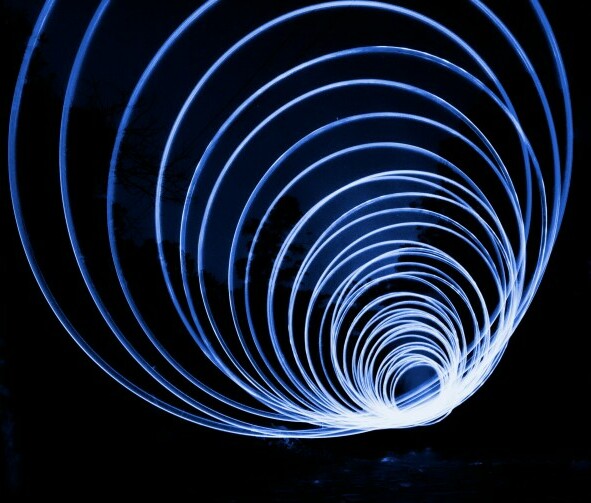Today, I’m going to be talking about a compelling aspect of modern dance and what is a spiral in modern dancing. You’re going to find out about an intricate and symbolic movement that’s more than just a twist or a turn. It’s a profound expression that connects the dancer’s body with the essence of life’s dynamic patterns.
What Is A Spiral In Modern Dancing?

In my opinion, understanding a spiral in modern dance is crucial for appreciating the genre’s depth. It’s a unique circling, successive twist that wraps the torso into a strong suspension around the upright spine.
Picture a rope, where each fibre is entwined, adding strength to the overall strand. The spiral works much the same way in dance; as the motion winds, it fortifies the dancer’s body, instilling both grace and resilience.
Martha Graham, a pioneer of modern dance, really felt every spiral had to be experienced by how far that particular body could turn.
This isn’t just about replicating a choreography; it’s also about a dancer’s personal journey into the exploration of their physical limits and expressive capabilities.
So what makes the spiral so important in modern dance?
It’s about tension and release, the ebb and flow of energy that’s echoed in the natural world. As we prepare to delve further into the Graham technique and why observing spirals in nature can inform a dancer’s practice, keep in mind that mastery of this movement can transform dance from mere steps into a powerful storytelling medium.
There are many different types of spirals in modern dancing.
Waist Spiral
The waist spiral is a movement from the mid-spine.
Although a spiral always happens in the spine, here the torso is lifted and rotated to the dancer’s capability using internal and external obliques, maintaining as much as possible the security of the pelvis in a forward and held placing.
A contra pull of the opposite hip is felt during the movement.
The arms/shoulders only move because the spine has rotated and the clavicle and scapular are part of the structure.
The arms are never forced to move beyond what the degree of the spine has taken as this would then become motivated from the arms and not the spine.
Hip Spiral
The use of the hip initiates the movement and the lower abdominals contract strongly to secure the pull.
The torso remains level and lengthened without movement.
The hip spiral is always used when sitting on the floor and movements of continuous rolling are used towards the same side.
The hip spiral would initiate all these rolling movements.
The working hip contracts back strongly as the other hip works forward to allow impetus for the roll.
The hip spiral will also initiate a lowering through an unwind to the floor- the hip spirals allow the movement of the unwind to start, followed by a deep contraction of the lower abdominals to lower to the floor.
Coccyx Spiral
The coccyx spiral is mostly used in Graham technique.
When sitting on the floor in a Sitting On the Walk (see this article to read more about Sitting On the Walk) position and the back hip is needed to tilt backward to allow both sitting bones to be placed firmly on the floor, the movement will start in the coccyx section and the hip spirals backward, pressing the ischium, which is firmly and evenly placed.
This movement is impossible to achieve unless the back leg is pulled close to the buttock and not in the right angle as is usually seen in modern dance forms.
The front leg is placed further away from the body to allow the heel to lift and press forward into a flexed position. This is always done with all three contractions in the advanced levels.
The arms always work with the spine and do not have a movement of their own in any spiral. The shoulders are always placed over the hips and the spine is always growing and lifting out of the pelvic girdle.
So hopefully now you should have a good idea of what is a spiral in modern dancing.

